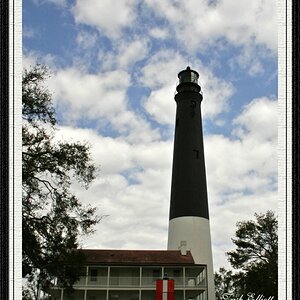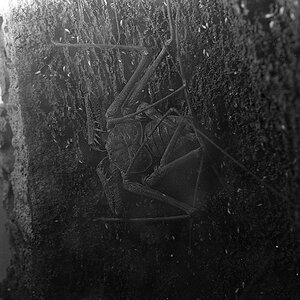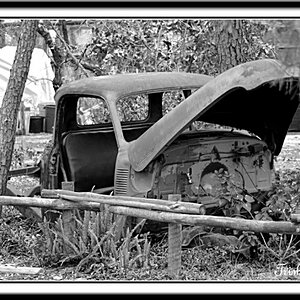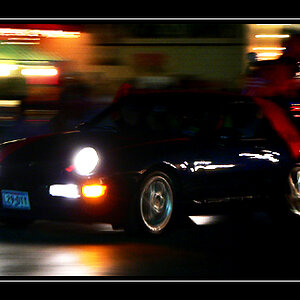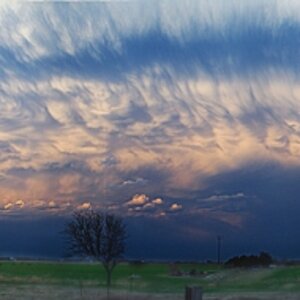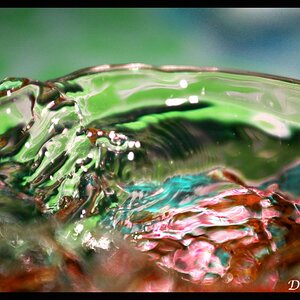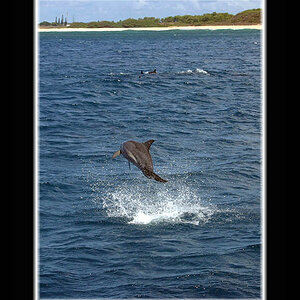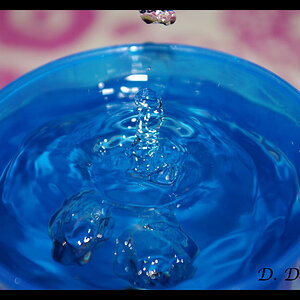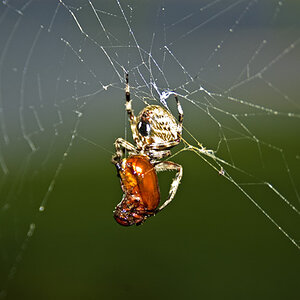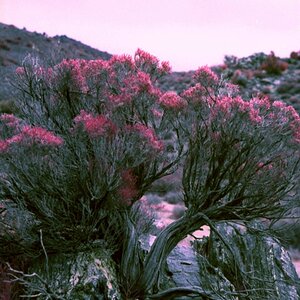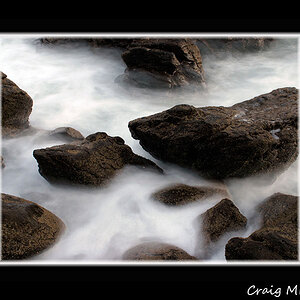BuZzZeRkEr
TPF Noob!
- Joined
- Nov 26, 2007
- Messages
- 436
- Reaction score
- 0
- Location
- Va
- Can others edit my Photos
- Photos NOT OK to edit
I just heard about this. I was thinking about getting a macro lens but it sounds like the Canon 500D macro filter might be what I need. I'm using Nikon glass but I heard the filter works with Nikon 77mm lenses...I will try to use it with my 17-55 2.8 and 70-200 2.8. Does the filter convert to 1:1 ratio? What are the pros and cons vs getting a macro lens? I'm going to be using macro shots for wedding ring/items shots and some crystal product shots. Thanks for any info in advance.


